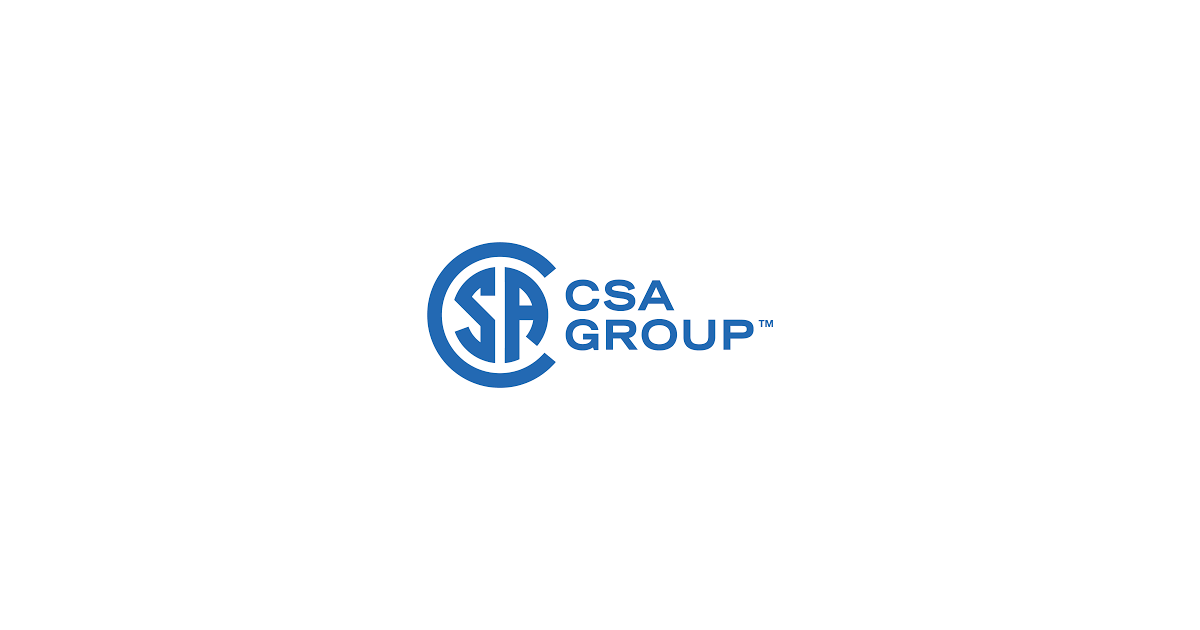Developing Safety Standards for Electrical Products Referenced in the CE Code

Bill Burr
The majority of electrical safety product standards referenced in Appendix A of the Canadian Electrical Code, Part I, (the Code) are developed by the Canadian Standards Association(CSA). Some referenced standards, related to fire alarm, security or other fire safety equipment, are developed by Underwriters Laboratories of Canada (ULC). In addition, many of the CSA standards are adopted from the International Electrotechnical Commission(IEC), or are harmonized with Underwriters Laboratories (UL – US) and the Association of Standardization and Certification (ANCE – Mexico) standards through the CANENA process.
This article deals only with the development and maintenance of standards by the two Canadian Standards Development Organizations. For harmonization procedures for IEC and North American standards through CANENA, please see my article of May 1, 2014.
Within both ULC and CSA, standards are developed by technical committees. At CSA they are referred to as Technical Committees (TCs); within ULC, Standards Committees. This article uses the term TC for both. The TCs consist of a balanced matrix of members representing producers, users, regulators and general interest groups. A balanced matrix means that no single category of interest can dominate voting. The members are chosen based on their technical expertise and competency in the general subject area of the TC, and willingness to diligently participate in the work of the committee.
Because of the number and varied scope of the CSA TCs and the need for co-ordination with the Technical Committee for the Canadian Electrical Code, Part I, these TCs are under the direction of the CSA Group Steering Committee for the Requirements for Electrical Safety (SCORES).
The SCORES is also a balanced matrix committee and its objectives are to:
• provide direction on general electrical safety principles,
• ensure co-ordination between the product safety standards and rules of the installation Code,
• ensure that standards projects are properly assigned to the correct committee or subcommittee,
• ensure that there is no duplication of efforts,
• resolve differences between TCs,
• assist with harmonization issues, and,
• generally oversee the work of the TCs.
The CSA Electrical Product Safety Technical Committees are:
• TC on General Requirements (11 standards)
• TC on Wiring Products (96 standards)
• TC on Industrial Products (129 standards)
• TC on Consumer and Commercial Products (358 standards)
• TC on Health Care Products (65 standards)
• TC on Renewables (1 standard)
The ULC Electrical Safety Standards Committees are:
• Committee on Security and Burglar Alarm Equipment and Systems: ULC-S300A
• Committee on Physical Security Equipment: ULC-S300B
• Committee on Solid State Lighting (SSL): ULC-S400B
• Committee on Field-Replaceable Light Emitting Diode (LED) Light Engines: S400C
• Committee on Fire Protection Equipment and Systems: ULC-S500B
• Committee on Fire Alarm and Life Safety Equipment and Systems: ULC-S500F
• Committee on Kitchen Exhaust Equipment and Systems: ULC-S600K
• Committee on Electric Utility Workplace Electrical Safety: ULC-S800A
The ULC Standards Committees are responsible for developing 23 standards that are referenced in Appendix A of the Code. A Second Level Review is conducted by the ULC National Standards Manager.
A TC will have a standing Technical Sub-Committee(TSC) for the maintenance of each standard or subject area under its wing.In some cases, for instance a new standard, a temporary TSC or task group may be established. If there isn’t continuing maintenance of the standard, the TSC or task group may disperse; however, each standard must be reaffirmed a minimum of every five years.
The development of a new standard or revision to a standard is normally initiated by a manufacturer or other interested group, but can also be initiated by any individual. Both CSA and ULC have procedures for submitting proposals:
• CSA – submit a proposal for change, to inquiries@csagroup.org and include “Proposal for change” in the subject line.
• ULC -complete and submit a proposal request form via the ULC website http://canada.ul.com/ulcstandards/
Each submission needs to be fully developed, not compromise the current level of safety mandated by the standard, and include:
• the rationale for the proposal
• specific wording including the standard designation, relevant clause, table and/or figure number
• the new or additional text underlined, and text to be deleted indicated with strike-through
• if copyrighted material is included, permission to reproduce the material.
Proposals for new standards or amendments can also come from the harmonization process through integrated and mirror committees that work with CANENA and the IEC, as referenced above.
When a proposal has been submitted, it is sent to the standing TSC for that standard subject area. The TSC may appoint a task group or working group for specific purposes. A TSC, task group or working group member may be a specialist or other qualified person other than a member of the TC or TSC.
The Technical Sub-Committees are not organized on the basis of a balanced matrix but consist of experts on the particular subject and make their decisions by consensus and not simply by voting majority. This implies substantial agreement, but not necessarily unanimity. If there is sustained disagreement within the TSC, a concerted effort to resolve the dissonance must be made before the subject can proceed. In addition to the TSC, task group or working group deliberations, the proposal or draft standard is simultaneously subjected to a 60-day public review through electronic media. The proposal is then sent for a ballot by the relevant CSA Technical Committee or to Second Level review by the ULC National Standards Manager.
Since the Technical Committee consists of a balanced matrix, a two-thirds majority vote is required to pass a subject; however, a negative vote must be substantiated and discussed at a meeting of the TC before being passed.
When all technical issues have been resolved, the editors go to work to polish the wording and the standard or revision is published and offered for sale.
William (Bill) Burr is the former Chair of the Canadian Advisory Council on Electrical Safety (CACES), former Director of Electrical and Elevator Safety for the Province of BC, and former Director of Electrical and Gas Standards Development and former Director of Conformity Assessment at CSA Group. Bill can be reached at Burr and Associates Consulting billburr@gmail.com.
Other articles by this author:
Electrical Safety Regulation in Canada: The Canadian Advisory Council on Electrical Safety
A Road Map to the CE Code, Part I – Installment 2
Guide to the CE Code, Part I – A Roadmap (Installment 1 in a Series)

















